Ljubljana related
STA, 15 March 2019 - Thousands of young people gathered in towns across the country on Friday, demanding decisive climate action from politicians. Organisers estimated the number of those rallying in Ljubljana up to 9,000.
Schoolchildren who gathered in Ljubljana's city centre were also joined by some adults, who brought their pre-school children to the rally, which started at 11:55 AM to indicate that is high time for action.
Protests were also held in Maribor, Koper, Novo Mesto, Kamnik, Ormož, Slovenske Konjice and Ravne na Koroškem.
Holding the banners saying "We've got no planet B", "You were allowed to dream, we will be living a nightmare", "Climate change is not cool", the protesters in Ljubljana gathered in Congress Square and then chanting and playing music moved around the city centre.
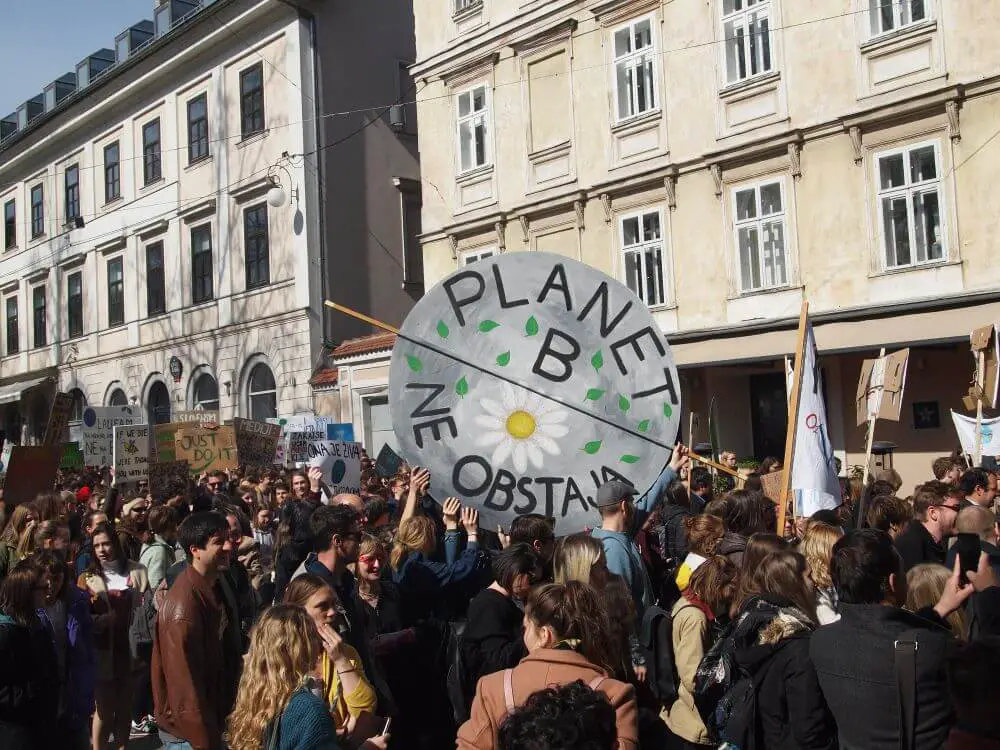
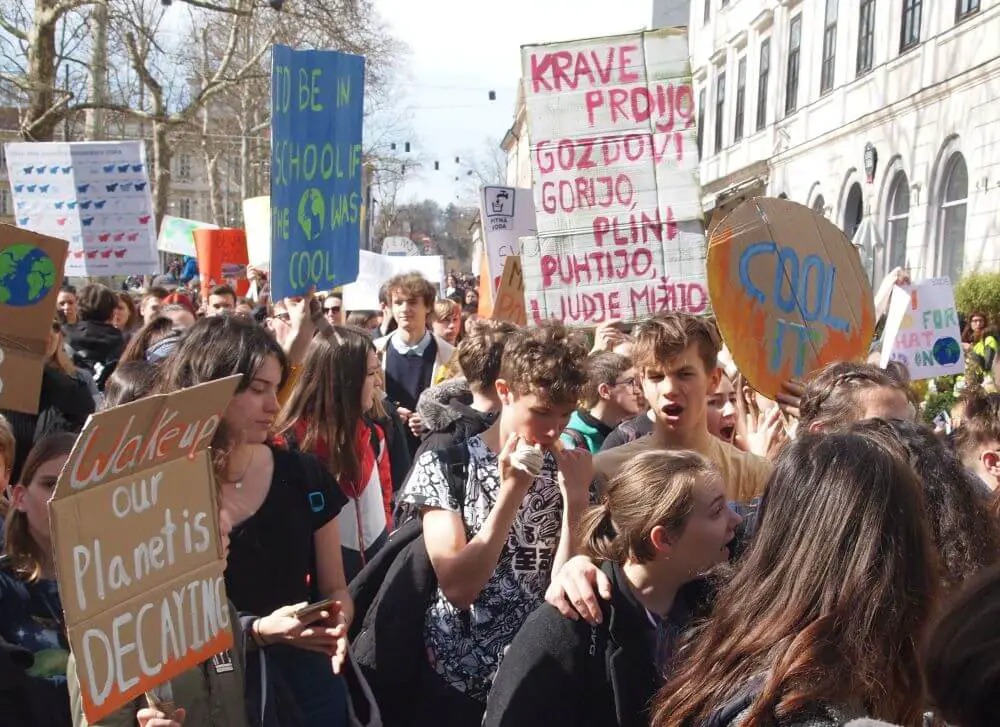
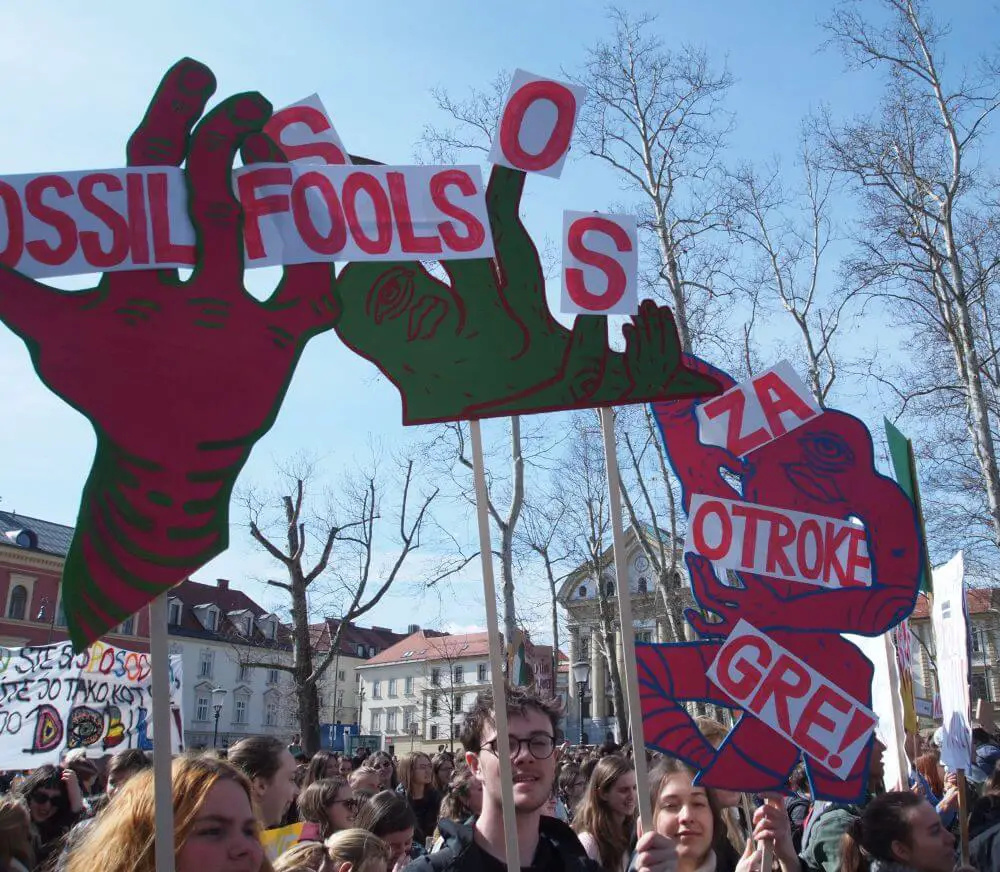
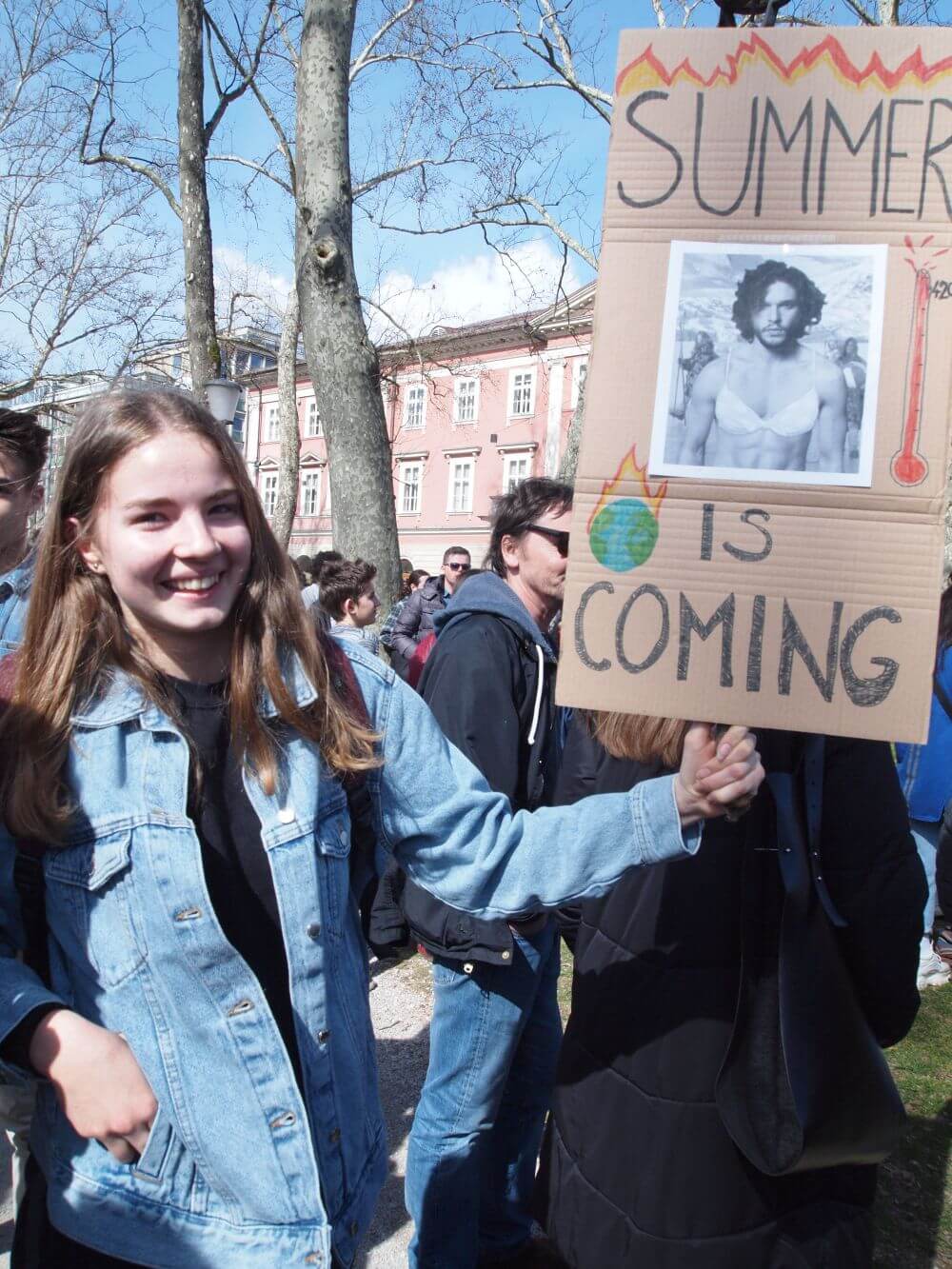
"Thousands of people understand we cannot go on like this. Thousands understand that we cannot live on a desolate planet," said Atila Urbančič of the Youth for Climate Justice movement, which organised the event.
"A change must come from us, youth, because we can no longer rely on the older generation," said activist Reja Debevec, who discussed the issue of climate change with MEPs in Strasbourg this week but was disappointed by the talks.
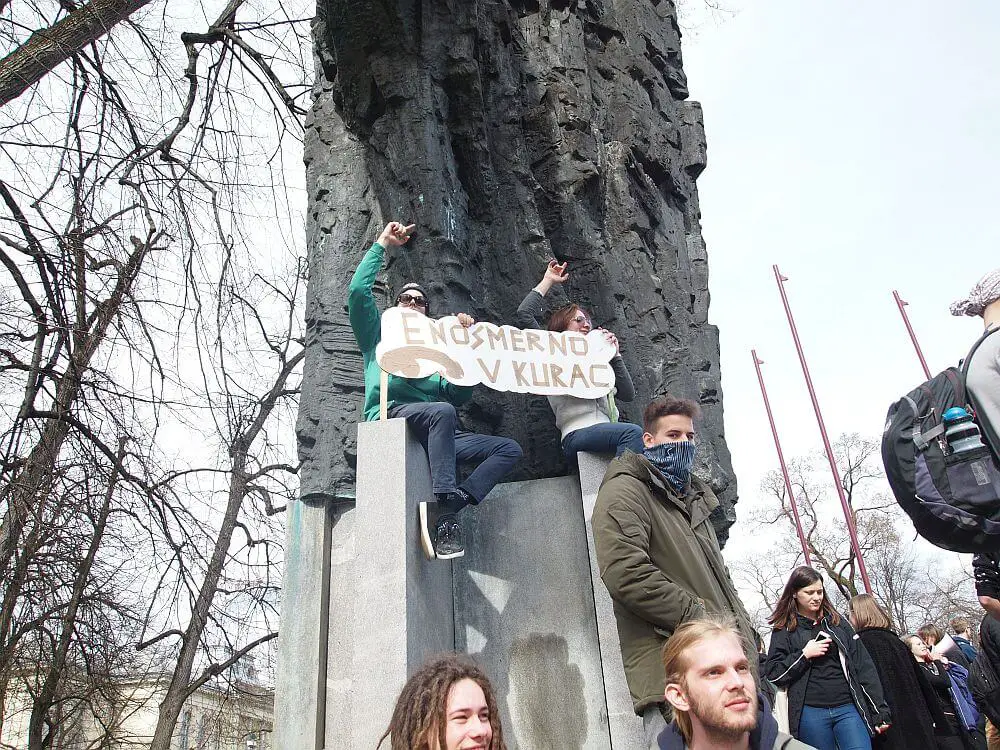
One of the youngest activist of the movement, Voranc Bricelj, said that young people should make concrete changes in their lives, use public transport more, eat less meat and stop using disposable plastic.
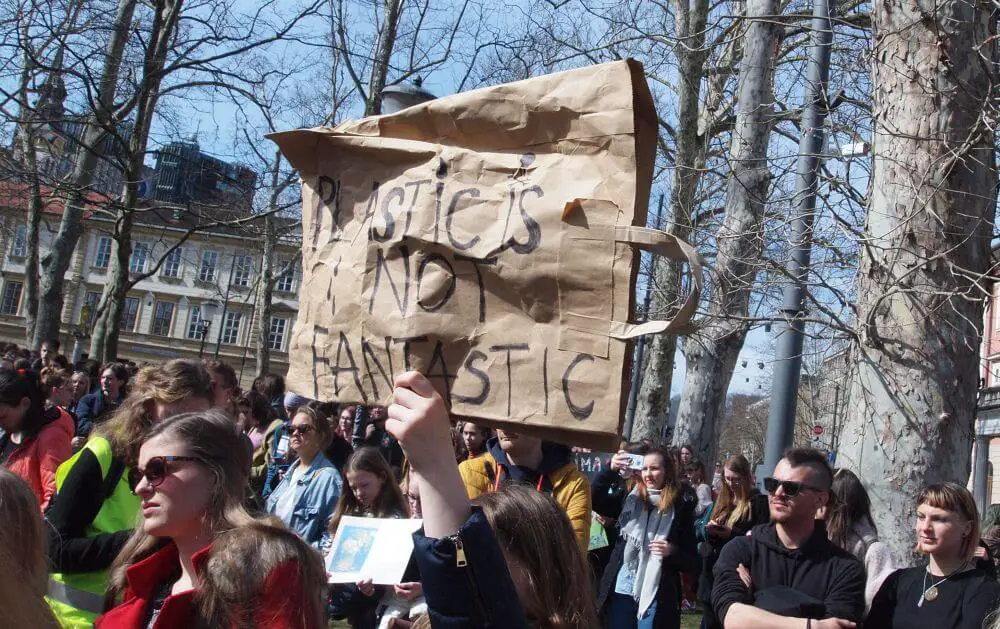
"When they (adults) see we mean it, they will follow suit - parents, teachers and other adults. Thus we'll be able to have several good things that cannot be replaced with money," he said.
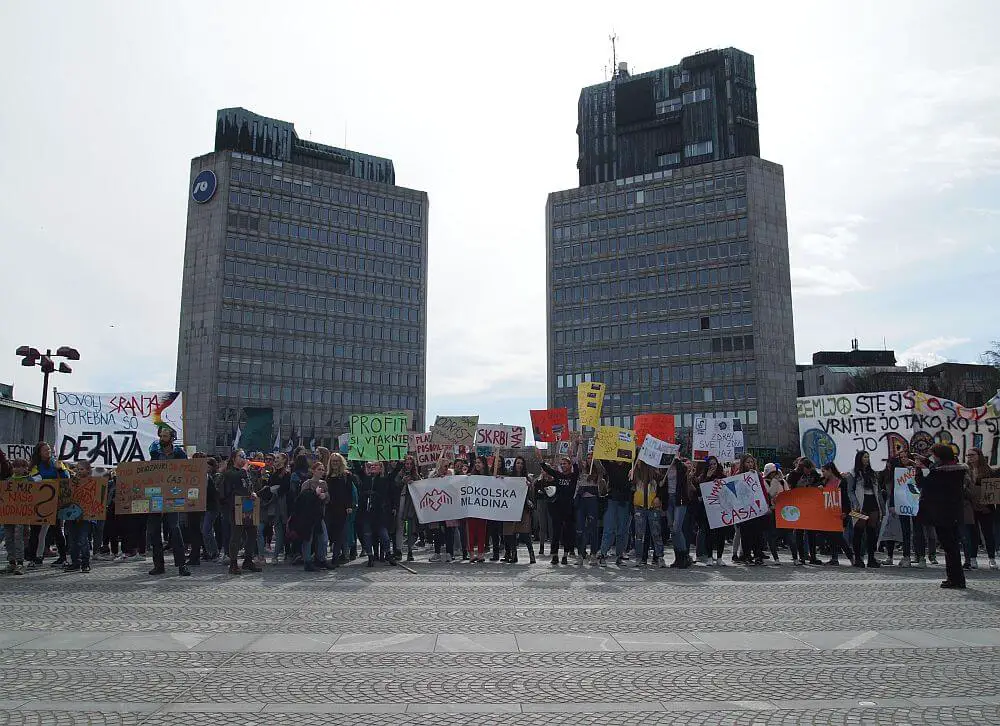
Author Andrej Rozman - Roza addressed the rally as a representative of adults. He said that despite enormous technological progress, each new generation was more endangered. "You were born into a world of fraud, which is being justified by all sorts of stories and even laws. Money has become the biggest fraud and it has gone wild," he said.
The event was also supported by climate change expert Lučka Kajfež Bogataj, who attended an international conference in Maribor today. "Finally, the generation that will be most affected by our actions is raising its voice," she said, welcoming the movement.
But she believes one protest will not be enough. "Their success will depend on how persistent they will be and how numerous. A critical mass of the people who want something is very important," she told the STA.
After touring the Ljubljana centre with the protesters, representatives of Youth for Climate Justice presented their demands in person to Prime Minister Marjan Šarec and parliamentary Speaker Dejan Židan.
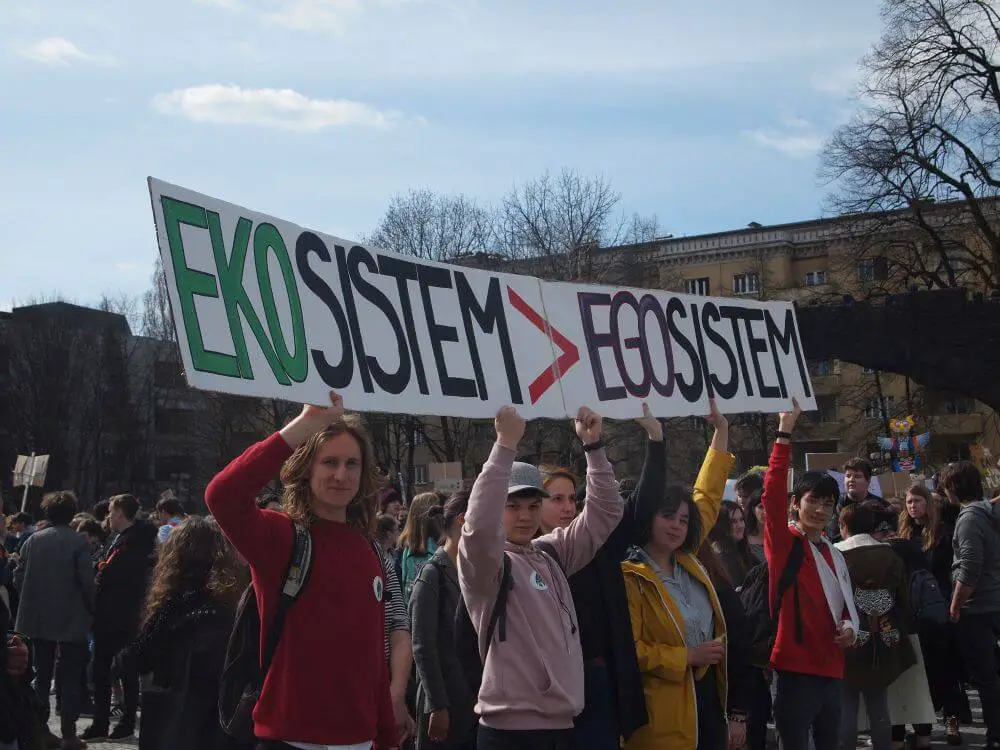
Their demands include green national budget reform, closure of the Šoštanj coal-fired plant and Velenje coal mine by 2030, and reducing carbon emissions in traffic to by 40% by 2040.
They called for eco-friendly development, new quality jobs, a shift to plant-based foods, and measures to stimulate community-owned power stations, housing co-operatives, community gardens and self-mobility.
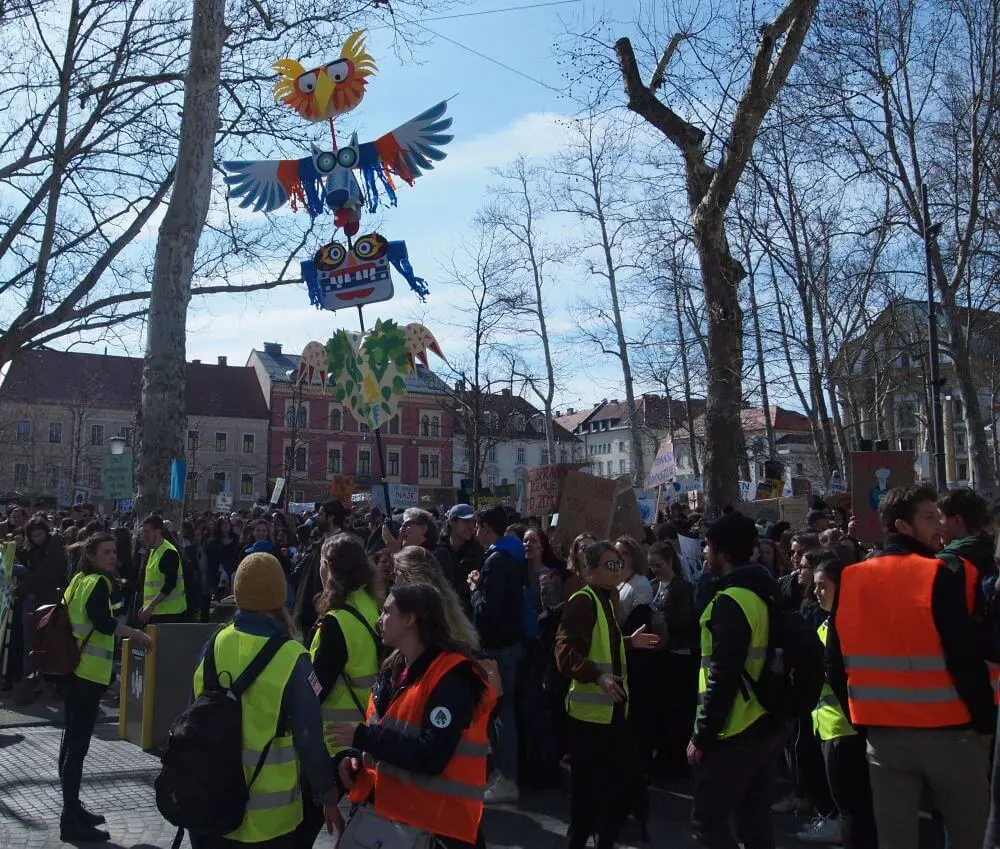
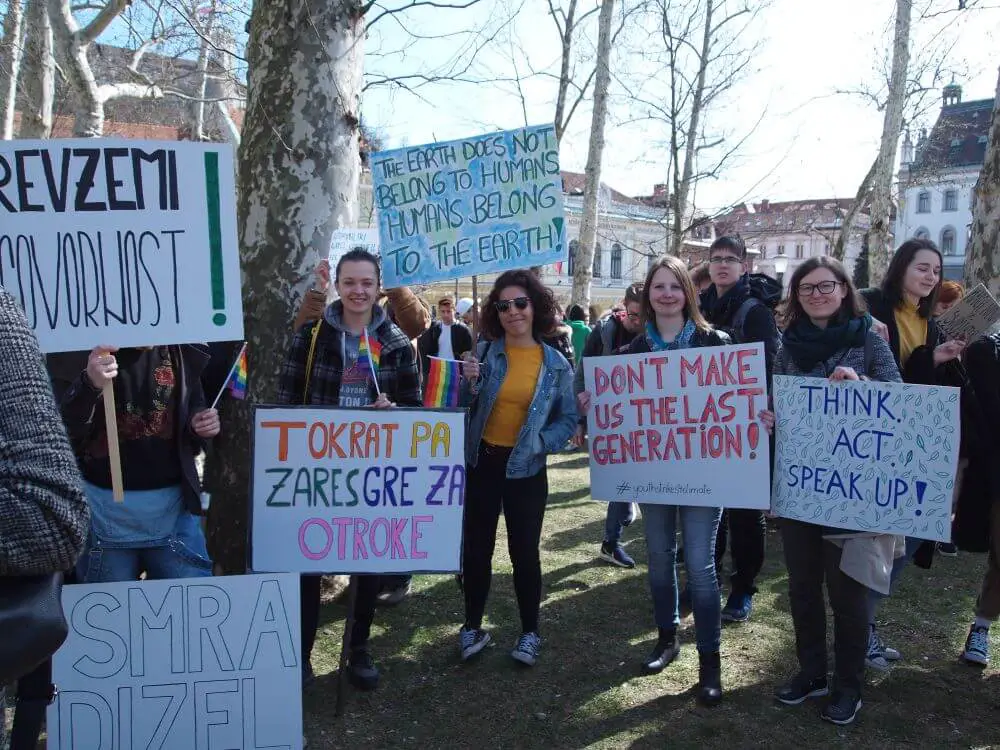
"I must say the government is already doing a lot of that, the Ministry of the Environment and Spatial Planning has set out to do that," Šarec told them, inviting the youth "to help so that the measures are taken".
"We're glad you have taken action, warned of the issues and I believe words will be followed up by actions," said Šarec, who met the youth joined by the nominee for the new environment minister, Simon Zajc.
The protest has been supported by the Environment Ministry and the teachers' trade union SVIZ. Schools have indicated they will excuse the absence of student protesters from class.
The Global Climate Strike For Future is being held in more than 1,650 towns in more than 100 countries.
STA, 20 November 2018 - Slovenia will get significantly hotter by the end of the century as greenhouse gas emissions drive climate change, and even the most optimistic scenarios show that the frequency and severity of heat waves will increase. Precipitation patterns will be upended as well, in particular in winter, the latest climate projections show.
The projections, released by the Slovenian Environment Agency on Tuesday, consider three scenarios of climate change compared to the reference years 1981-2010 - and under all of them the changes will be profound.
Average temperatures set to rise
Average temperatures, having already increased by 2.2 degrees Celsius since pre-industrial times by 2011, are projected to rise by 1.3 degrees by the end of the century according to the most optimistic scenario and as much as 6 degrees according to the most pessimistic scenario.
The number of hot days will increase by 6-27 days depending on scenario, but even under the most optimistic scenario heat waves will be much more common and longer.
There will be at least one heat wave each year as bad or worse than the record-setting heat wave of 2003. "By the end of the century, 2003 could be considered quite fresh," Environment Agency researcher Gregor Vertačnik said.
The flip side of the warmer climate will be a significantly longer growing season, which could begin a month earlier and end a month later, without an increase in the probability of spring frost.
More rain is expected under both optimistic and pessimistic projections
In the past fifty years Slovenia has been getting drier, with precipitation dropping by about a tenth and the snow cover by more than half.
But by the end of the century, the situation is likely to be completely different, especially in eastern Slovenia.
In the moderately optimistic and pessimistic scenarios precipitation is expected to increase by 20% by the end of the century, but the overall increase masks even more profound seasonal changes.
In the pessimistic scenario, winter precipitation is projected to increase by 40% by the middle of the century and up to 60% by the end of the century.
In other seasons the change will not be so profound, though projections show a significant increase in extreme weather events such as flooding in general.
Droughts not a problem
The good news, according to the agency, is that Slovenia will not have a shortage of water, as the average annual replenishing of aquifers will increase by about a fifth.
But this also means waterways are more likely to spill over.
The Environment Agency said the projections show climate change will impact every facet of life and required adaptation.
"The projections are primarily a groundwork for adaptation to climate change. But they can also be used in strategic projects with a long time span which must be resilient to climate change. Everyone planning such projects needs our forecasts," according to the agency's chief climatologist Mojca Dolinar.
Barbara Simonič of the Ministry of the Environment and Spatial Planning said resilience to climate change needed to improve. She said the national-level projections must now be followed-up by assessments for individual sectors.
While the analysis considers three scenarios, the agency also warns that there is a high degree of uncertainty, with the gravity of change depending on how much humanity manages to limit greenhouse gas emissions and how reliable the forecasting models are.
Our other stories on climate change sand Slovenia are here
Records show warmer springs, summers and winters.




